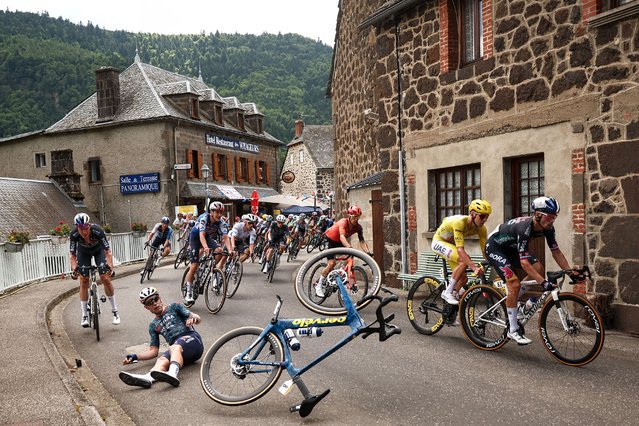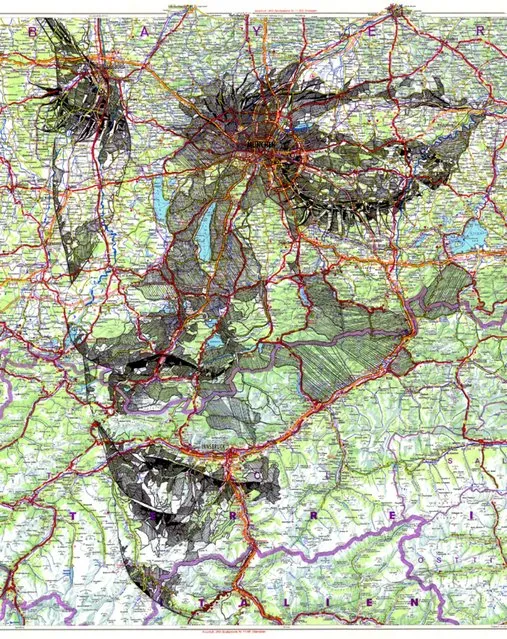
Actresses Zelda Williams and Kelly Monaco attend Nintendo's celebration of the launch of Super Mario 3D Land at Siren Studios on November 3, 2011 in Hollywood, California. (Photo by Jason Merritt/Getty Images for Nintendo)
06 Nov 2011 11:25:00,post received
0 comments







